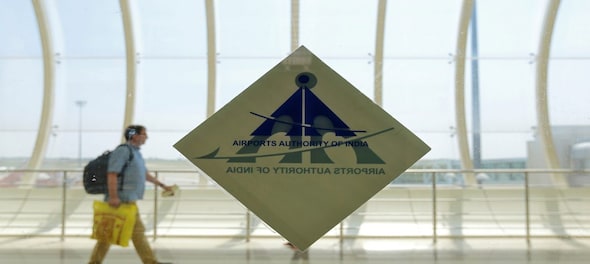
In her budget speech, finance minister Nirmala Sitharaman said the government intends to spend Rs 1.7 lakh crore for transport infrastructure. The plan includes building 100 more airports until 2024. She also referred to the growing air traffic in the country and that the government expects the fleet to be doubled by 2024. The country currently has 650+ commercial aircraft and a strong order book from IndiGo, Spicejet and Go Air.
But statistics and numbers can be misleading. How can we think of 100 more airports in the next 50 months when the wait for an airport at Navi Mumbai has now been more than 10 years?
Reality
There are a total of 495 airports (these include airstrips) in the country. Several of these are shared by defence establishments, Airports Authority of India (AAI), state governments or private companies. Only 109 airports are operational. The rest remain unused.
These include every known airstrip in the country –including the Air Force Academy at Dundigal or the short airstrip at National Defence Academy, Khadakwasla – which will never see commercial operations.
Over the past three years, there was a sudden surge to operationalise the airports. This was primarily due to the ambitious Regional Connectivity Scheme (RCS) – UDAN (Ude Desh ka Aam Nagrik).
While the scheme has been much criticised, it recently saw 250th route being put into operation and more have followed since then. The first phase of the scheme focused on starting services to un-served and underserved routes, the later phases merely looked at connecting routes.
There has been more success in later phases for two reasons. First, the established airlines had these stations operational and did not need extra effort to connect them.
Secondly, airlines that bid in the initial stages either did not start or did not last long. Air Odisha, Air Deccan, Zoom Air, Meh Air: examples are many. A couple of airlines that bid for these were either suspended or haven’t been able to start services due to shortage of aircraft.
The third reason has been lack of infrastructure at these airports to start services. At a few places, the area was encroached upon, at others there were obstructions in flight path and at few others the basic infrastructure like terminal and air traffic control facilities weren’t available.
The two-three years have also seen investments put into airports which were bid and won but weren’t operationally ready, increasing the count of operational airports. This includes airports like Jharsaguda, Kishangarh and more!
A quick glance at the routes, which have been bid under RCS-UDAN, shows there are close to 60 airports which were allotted to an airline and are yet to see service. These include a couple of heliports and water ports – both which have special focus under RCS-UDAN. It is safe to assume that when the finance minister talks about airports, they include heliports and water ports as they were all pushed under RCS-UDAN bidding.
Pipe dream
India has less than 60 million passengers in 2005; the number crossed 300 million in 2019. This growth has been fuelled by a burgeoning middle class and economic growth. Yet most of it centred on major metros and Tier II airports.
To get 100 additional airports in place, the pace of development has to move inland and target more areas based on population concentration. Faridabad, Meerut, Guntur, Solapur, Bareilly, Moradabad, Aligarh, Warangal, Kota and many more cities which are in the top 60 cities in the country by population lack air connectivity. Large pockets like Mumbai metropolitan region or Delhi NCR are dependent on only one airport.
This has to be additionally supported by increasing capacity at metro airports to which these airports will be connected. There is an economic interest for these cities to be connected to the state capital or nearest metro airport than to some other Tier II airport with which its economic connects are not as strong.
Going by the pace of airport construction, litigations, land acquisition timelines, 100 airports by 2024 looks increasingly like a pipe dream.
Tail Note
A scheme is only good when implemented properly. Sadly, the budget had little for the aviation sector. A mere mention of airports doesn’t really help solve issues but focus should be on solving ground realities.
The sector will be happy if all the routes awarded under various phases of UDAN see operations in the next 2-3 years. While the count may not reach a hundred new airports, anything beyond 50 is respectable addition in a country which saw an increase in operational airports after the low-cost revolution led by Air Deccan and had to wait for another decade post that for a scheme like RCS-UDAN for the second push.
Ameya Joshi is the founder of aviation analysis blog NetworkThoughts. Ameya writes a lot on aviation. You can catch all his columns here.
Check out our in-depth Market Coverage, Business News & get real-time Stock Market Updates on CNBC-TV18. Also, Watch our channels CNBC-TV18, CNBC Awaaz and CNBC Bajar Live on-the-go!


View | Congress manifesto vs BJP's wealth redistribution narrative — is it something out of nothing
May 2, 2024 9:10 AM
Two days left for filing nomination, Congress undecided on candidates for Amethi and Rae Bareli seats
May 2, 2024 7:32 AM
Lok Sabha polls: Polling time in Telangana increased by an hour, here's why
May 2, 2024 6:55 AM

